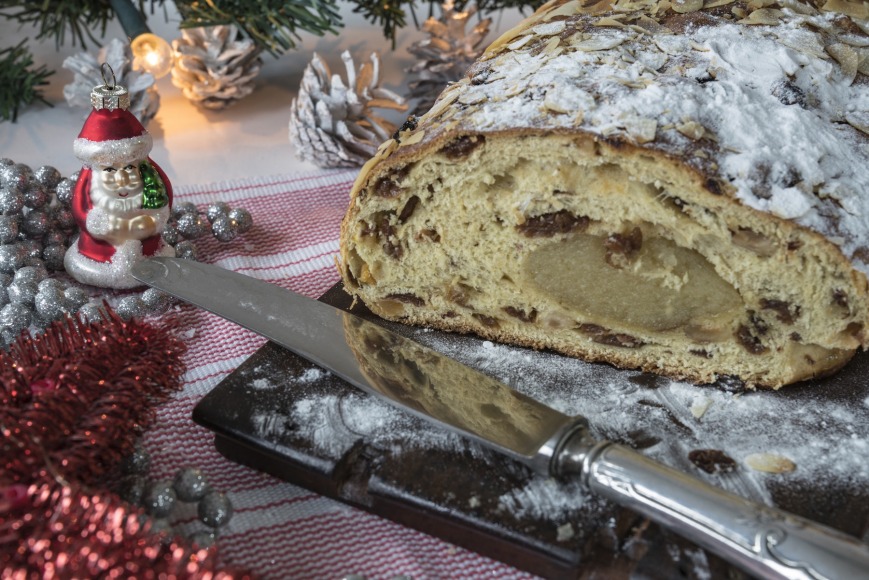7 Unusual Christmas Desserts From Around The World You Should Try
Rejoice, those who don’t like Christmas pudding. Prudence Wade looks at some international alternatives
5 November 2023

All Credits: PA
Christmas pudding, mince pies, Christmas cake: If you want a bit of something sweet at this time of year, it tends to come laden with dried fruit and often encased in pastry, with a dollop of boozy cream on the side.
But if you’re looking to push the boat out this festive season, why not try some of the more unique Christmas desserts found around the world…














